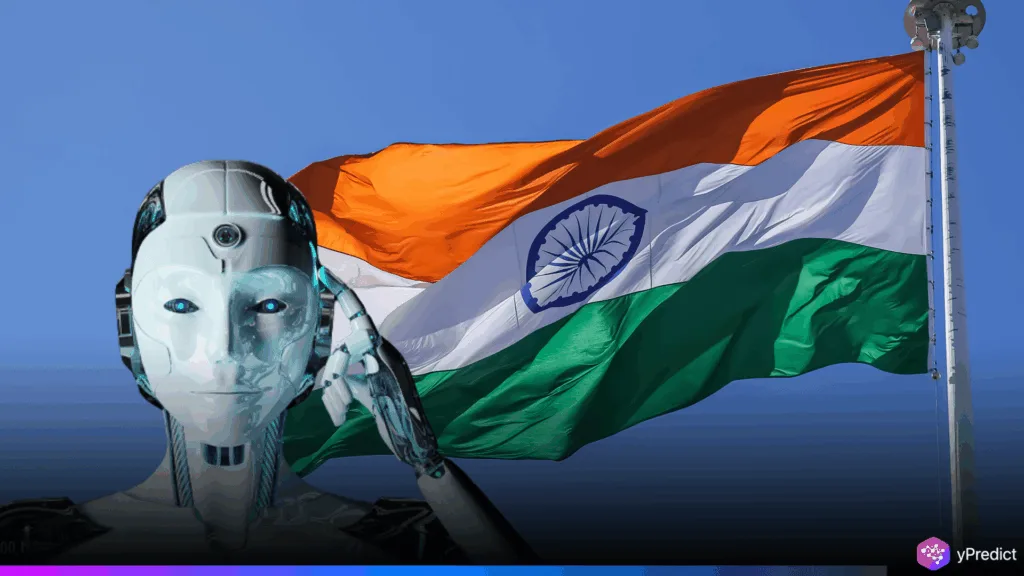
Being a growing manufacturing hub and a global IT superpower, India’s economy is well-positioned for expansion. As put forward by Pratik Mathur, Consul General of India in Shanghai, developments in artificial intelligence have the potential to serve India’s advantage. Additionally, it is expected to benefit from the current Industrial Revolution 4.0.
The Indian economy recently overtook Japan’s to become the fourth biggest, and it will next surpass Germany. It is made possible by the country’s youthful populace and big, ambitious middle class. Moreover, policies such as the Made in India and Production Linked Incentives (PLI) have already increased manufacturing and exports.
Why the Indian Economy Is Poised to Lead?
India, the largest democracy in the world, boasts a population hungry for consumption and growth. By 2047, the Indian economy, which is currently valued at about USD 4 trillion, is predicted to have grown to nearly USD 30 trillion. This prospect comes from propitious demographics, where demand is increasing and numerous youths are joining the workforce.
In addition, large investments have been driven by the government’s emphasis on making India a manufacturing hub since 2014. Industries have been incentivized to expand locally through tax relief, concessional finances, and programs such as PLI. Subsequently, between 2014 and 2022, India exported more than 2 billion mobile phones. As a result of this, India replaced China as the second-largest producer of mobile phones in the world.
How Artificial Intelligence Fuels India’s Economic Rise?
Artificial intelligence’s introduction in India has played a major role in this expansion. AI is transforming industries like manufacturing, healthcare, and IT services by boosting creativity and productivity. Additionally, India’s top-ranked IT sector is in a strong position to quickly embrace and integrate AI technologies. Around 400 million are in the middle class, the growing purchasing power of which is fueling consumption-led growth.
In addition, the government has promoted indigenization in key industries. Private enterprises are significantly engaged in major sectors of nuclear energy and shipbuilding. By having an economy balanced by both foreign exports and domestic consumption, these programs ensure long-term and sustainable growth.
Will India Become the World’s Top Manufacturing Hub?
India’s Make in India program is transforming the concept of a manufacturing hub. It has attracted foreign and domestic investment by promoting local production and policies that benefit the industry. Tax incentives to the growing middle class also spur demand and move the economy towards consumption.
According to Mathur, these modifications are consistent with the broader Industrial Revolution 4.0. This is changing traditional industries through automation and artificial intelligence. Furthermore, India has a distinct opportunity to overtake more advanced economies and become a global leader in innovation.
Is India Ready To Be the Third-Largest Economy?
India is expected to overtake Germany as the world’s third-largest economy shortly. As global supply chains change, India’s manufacturing hub offers a strategic locational advantage for growth driven by exports. Mathur points out that this rapid economic growth will be propelled by an interplay between policy reforms, technology drives, and a demographically powered population.
Indian Economy Poised for Unstoppable Growth?
The Indian economy is at a crossroads in its history. India’s future looks promising with robust government policies, a strong middle class, and rapid developments in artificial intelligence. Moreover, the nation is shifting from being an IT leader to a manufacturing giant. Its embrace of new technologies signals that it is ready to be the third-largest economy globally.







